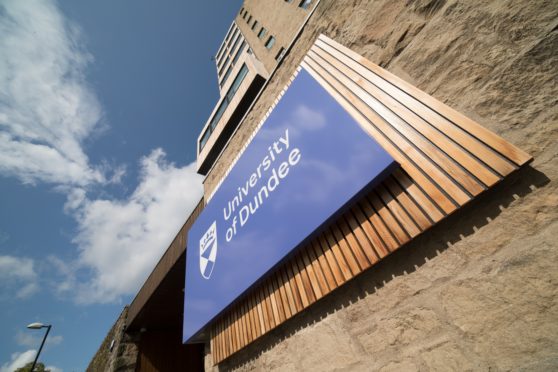Scientists in Dundee are “working day and night” with their counterparts in Glasgow in a bid to identify ways of defeating coronavirus.
The collaboration brings together world-leading researchers at Medical Research Council-funded units at Dundee University and Glasgow University.
They will combine their expertise to generate biological tools that will enable them to study the virus and aid the global battle against the disease.
The MRC Protein Phosphorylation and Ubiquitylation Unit (MRC-PPU) at Dundee has identified 38 separate proteins created by SARS-CoV-2 –the virus that causes coronavirus – that produce an immune response in the body.
Over the next four months, the team will manufacture these components in order to generate antibodies against them.
These research tools will then be used by Glasgow’s Centre for Virus Research (CVR).
All of the antibodies designed as part of the Dundee-Glasgow collaboration will be made available to the global research community on an open source basis to enhance efforts to tackle the disease.
Professor Dario Alessi, director of MRC-PPU, said: “I am delighted that we have been able to exploit the tremendous expertise available within our unit to generate antibodies that recognise each of the 38 proteins encoded by the Covid-19 virus so rapidly.
“This represents a titanic effort, and I would like to acknowledge our dedicated staff who are working night and day on this project.
“These antibodies represent a unique set of tools to study the inner workings of Covid-19.
“They will help future research aimed at understanding fundamental Covid-19 biology and the quest to develop new drugs that prevent this virus from infecting humans.
“As soon as each of these antibodies is generated, we will place these on our reagent website so that researchers worldwide can easily order these tools.”
The collaboration is also studying 10 key components of the biology of SARS and MERS – the most severe human coronavirus infection types – to kick start research against any future novel virus outbreaks and prevent them escalating into pandemics.
Professor Massimo Palmarini, Director of the CVR, said: “The CVR and its scientists are at the centre of Scotland’s – and the UK’s – response to the current coronavirus outbreak.
“As the largest group of virologists in the UK with the facilities to handle samples from infected patients, we are well placed to conduct pivotal research into emerging diseases such as Covid-19.”





